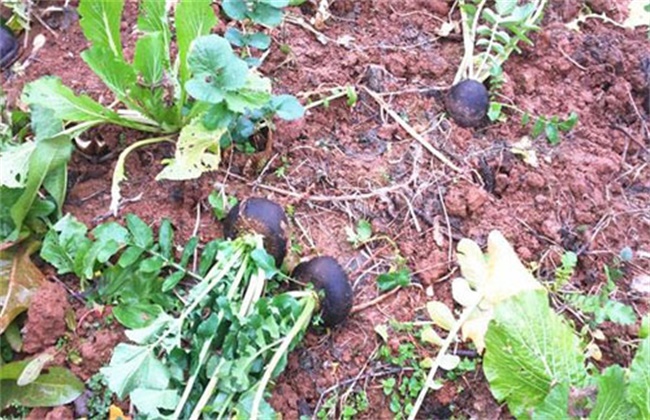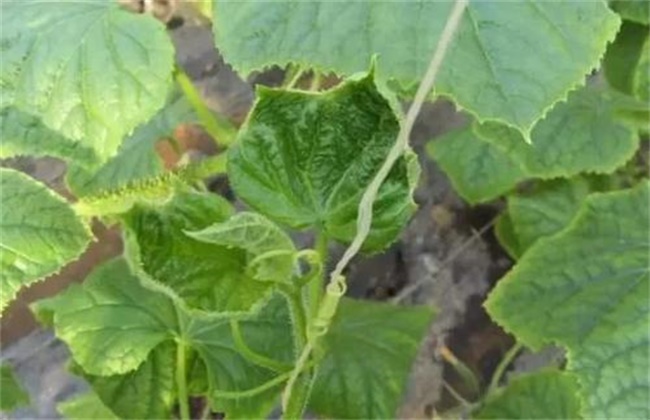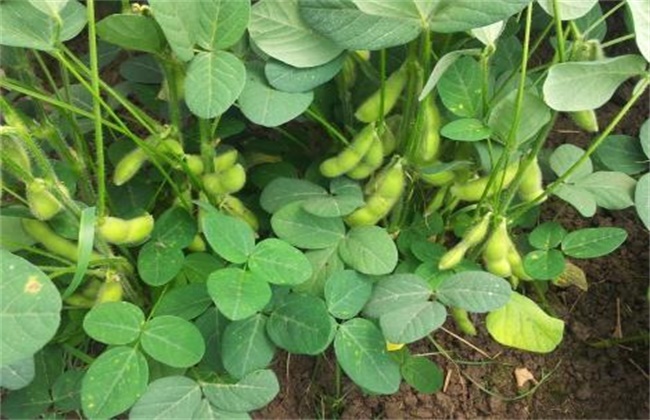Prevention and treatment of black heart and spleen of radish
Black heart and black skin of radish is a week-long phenomenon in planting, which seriously affects the yield and quality of radish, and brings great losses to farmers, so what is the reason for black heart and black skin of radish? How to prevent and cure it? Let's learn more about it with the editor.

1. Apply sufficient boron fertilizer
The main cause of radish black heart and black skin is the lack of boron, and to prevent the lack of boron leading to radish black heart and black skin, it is necessary to apply sufficient base fertilizer first. Organic fertilizer not only has all nutrients and high boron content, but also can improve soil structure and physical and chemical properties, improve soil water and fertility, expand root expansion, reduce drought damage, and promote the absorption of boron and other nutrient elements by vegetable crops. Organic fertilizer can be used as base fertilizer or topdressing fertilizer, and the amount of base fertilizer is generally 4000-6000 kg per mu. Topdressing is 1000-2000 kg, and borax can be applied per mu in plots with serious boron deficiency. Topdressing can be mixed with other fertilizers, or foliar fertilizer can be sprayed with 0.2% boric acid or 0.3% borax aqueous solution.
2. Break the soil consolidation
The important reason for the black heart and black skin of radish during soil consolidation is that the soil is hard, hardened and poorly ventilated, coupled with the application of immature organic fertilizer, which will cause intense microbial activity in the soil and consume too much oxygen. cause the root and part of the tissue to lack oxygen and appear black skin or black heart phenomenon. And the best measure to break the soil consolidation is to plough the fine rake, first turn 18-20 cm deep, and then rake it into pieces. When there is stagnant water, the stagnant water should be eliminated in time to avoid soil anoxic hardening.
3. Control black rot
When the black rot occurs, the leaf veins turn black and reticulate, and finally the leaves dry and turn yellow. when the radish fleshy roots are infected, the vascular bundles turn black-brown in the form of radiation, and the heavy ones show dry shrinkage holes. First of all, disease-tolerant varieties should be selected for prevention and control of black rot, and seed drying, soaking in greenhouse and chemical disinfection measures should be taken before sowing. Before sowing in summer, the soil can be deeply ploughed and sunburned, the pathogens in the soil can be eliminated, some pentachloronitrobenzene can be applied, and then a layer of fine soil can be covered. It can be rotated with non-cruciferous vegetables for 2-3 years, which can effectively prevent and control the disease, strengthen field management, timely watering at seedling stage, reasonable squatting seedlings, timely pulling out diseased plants and diseased leaves, and reducing the chance of repeated infection. In the early stage of the disease, agricultural streptomycin sulfate, thiobacillus copper, quinolone and other agents can be used to prevent and cure the disease.
The above is the introduction of the prevention and control methods of radish black heart and black skin. I hope it can help you. If you want to know more about it, please follow us.
Related
- Where is it suitable to grow horseradish in China? it is expected to see the middle altitude horseradish in Alishan.
- How to prevent tomato virus disease reasonably? (Control methods included)
- Many people like to plant towel gourd on the balcony. What are the main points of this method and management?
- What crops can chili peppers be mixed with?
- Fertilization techniques and matters needing attention in Tomato
- What are the grafting techniques for peach seedlings in spring?
- Harm and control methods of root swelling disease of Chinese cabbage
- What are the pests of sweet potatoes? How to prevent and cure it?
- Symptoms, causes and Control methods of navel Rot in Tomato
- The cause of "Cucumber rotten bibcock" in Farmers' planting Cucumber and its Control Plan



